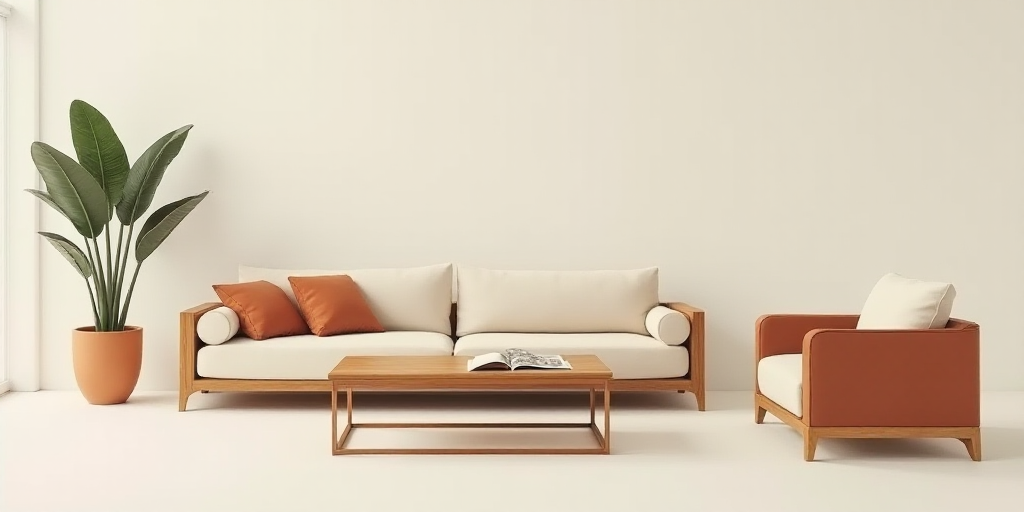In a context where work-related stress affects over 75% of Mexican workers, rethinking the way spaces are created becomes crucial for mental and physical health.
Traditional Color Choices vs. Cromotherapy
Historically, interior designers have favored neutral or white tones to foster calm and well-being. However, limiting spaces to these colors represents a missed opportunity.
According to Esther Rico from the Barcelona Superior School of Design, employing the full spectrum of colors through cromotherapy can activate energy, induce relaxation states, and promote a deeper emotional balance.
The Stressful Reality: Mexico Leads in Chronic Workplace Stress
With more than 75% of Mexican workers experiencing chronic work-related stress, surpassing countries like China and the United States, according to the Mexican Social Security Institute (IMSS), the relationship between interior design, color, and well-being emerges as a strategic tool to counteract these stress levels.
Studies by iMotions and SmartWellness reveal that red tones can elevate heart rate and boost energy, while blues and greens promote calmness and reduce anxiety.
Cromatic Design: Rico’s Proposal
Rico’s proposal revolves around three key elements for effective cromotherapy application: geometry, texture, and multisensory stimulation.
- Geometry: Drawing inspiration from polyhedra, like artist Fred Butler does, allows for the creation of harmonious spaces that encourage natural energy flow. This principle resembles the golden ratio, valued in architecture and graphic design for its ability to generate balanced and functional compositions.
- Healing Spheres: Known as Healing Spheres, these elements aim to focus attention and encourage introspection through color combined with a soothing soundtrack.
- The Significance of Touch: Although the first sense to develop in humans, touch is often underestimated. Rico suggests that through textured surfaces and comfortable postures, this sense can be reactivated, positively impacting the nervous system and reinforcing feelings of well-being.
Consciously applied color in interiors demonstrates that architecture and design should not only meet aesthetic criteria but also address real needs for mental and physical health.
“These interior alternatives show how combining color, form, sound, and texture can create environments that are not only aesthetically pleasing but also deeply beneficial for our mental and energetic health,” Rico stated.
Key Questions and Answers
- What is cromotherapy? Cromotherapy, or chromotherapy, is a form of therapy that uses the visible spectrum of light and color to heal and balance people. It’s based on the belief that different colors have different properties and can influence our mood, emotions, and energy.
- Why are traditional color choices insufficient? Traditional interior design often relies on neutral or white colors, which can create a calming effect. However, this limits the potential benefits of color therapy and neglects the opportunity to harness a broader spectrum for enhanced well-being.
- What are the benefits of incorporating cromotherapy in interior design? Cromotherapy can activate energy, induce relaxation states, and promote a deeper emotional balance. It also allows for the creation of harmonious spaces that encourage natural energy flow and can positively impact our mental and physical health.
- What role does touch play in interior design according to Rico? Touch, being the first sense developed in humans, plays a significant role in well-being. Rico suggests that through textured surfaces and comfortable postures, this sense can be reactivated, positively impacting the nervous system and reinforcing feelings of well-being.






